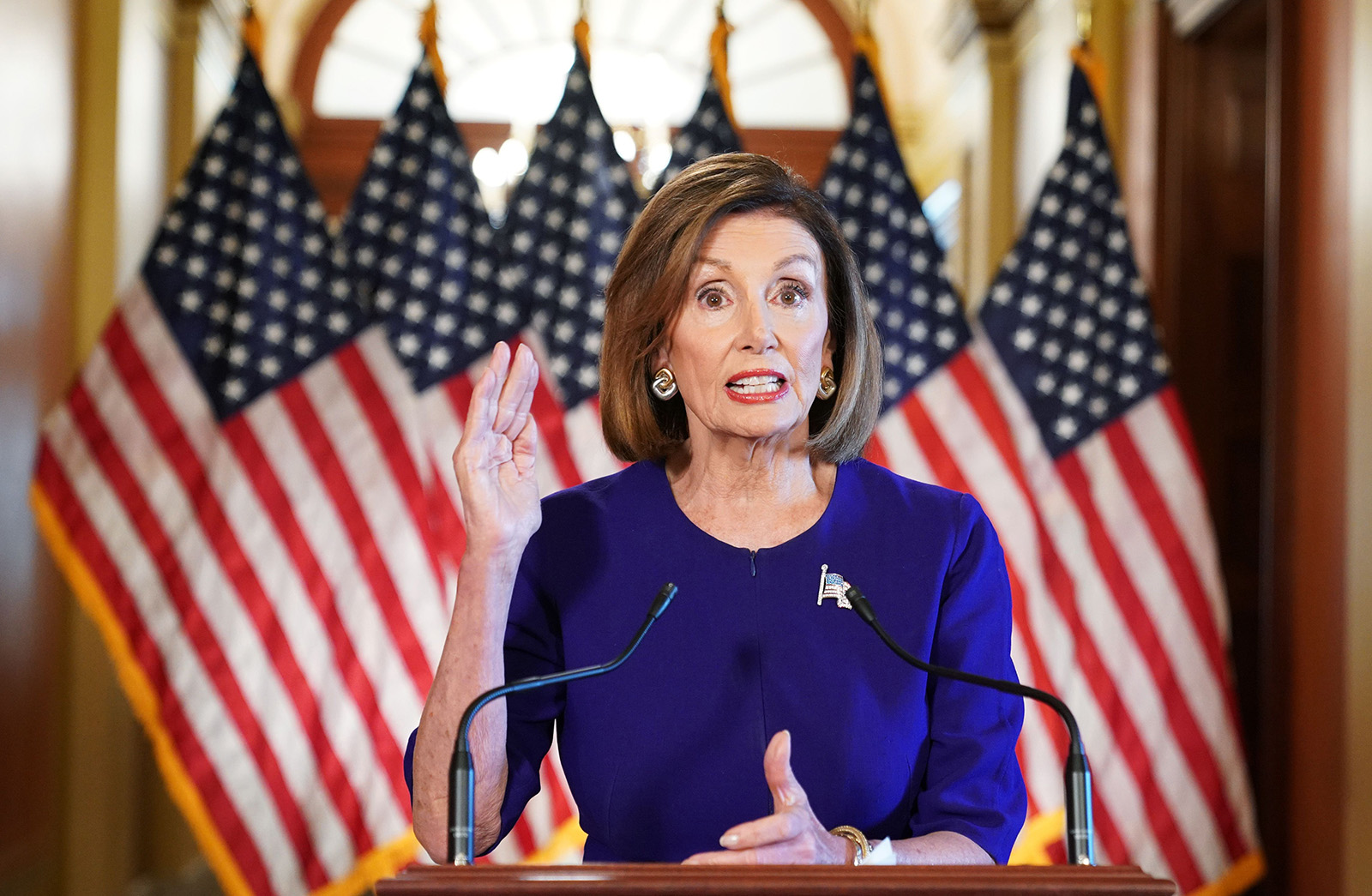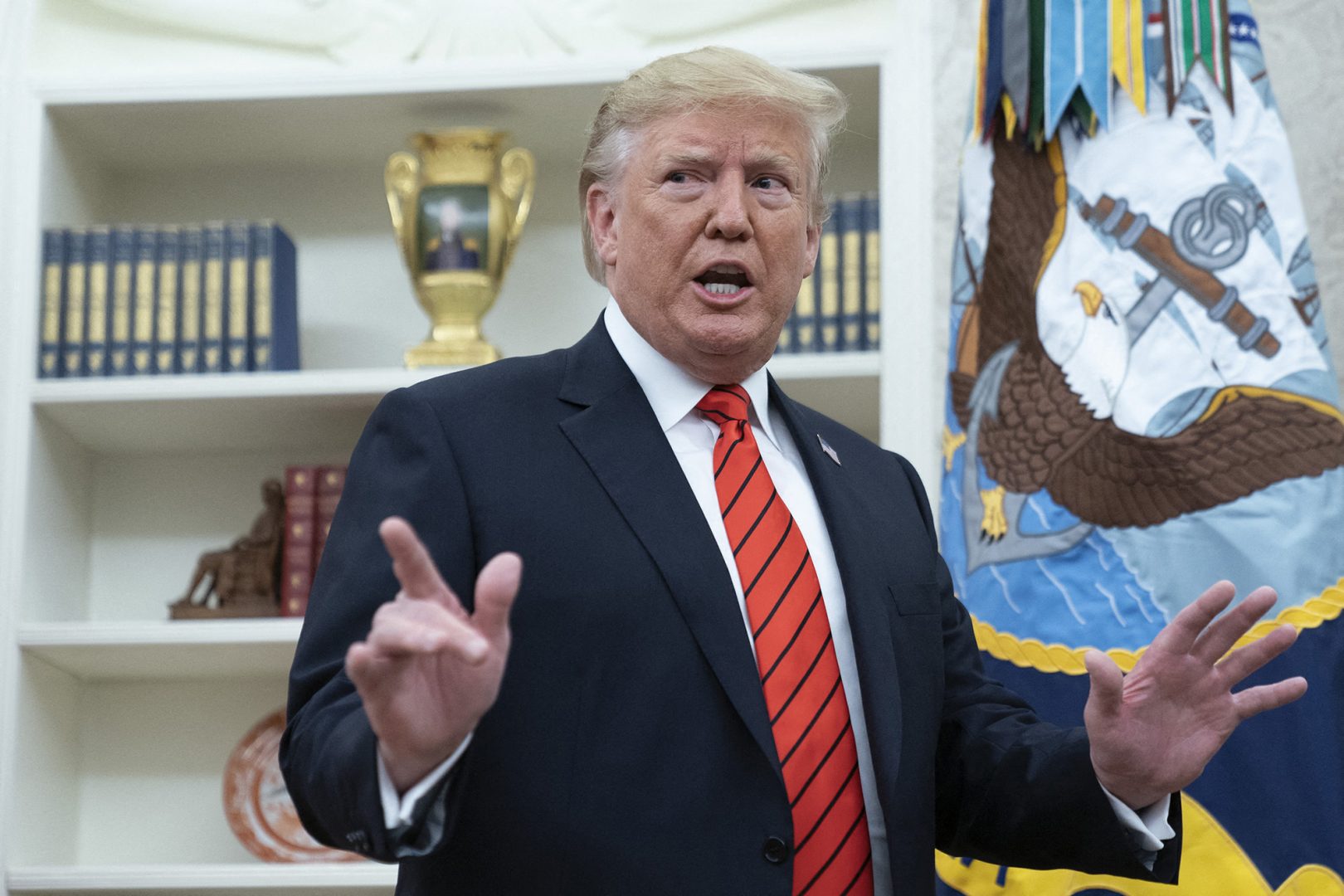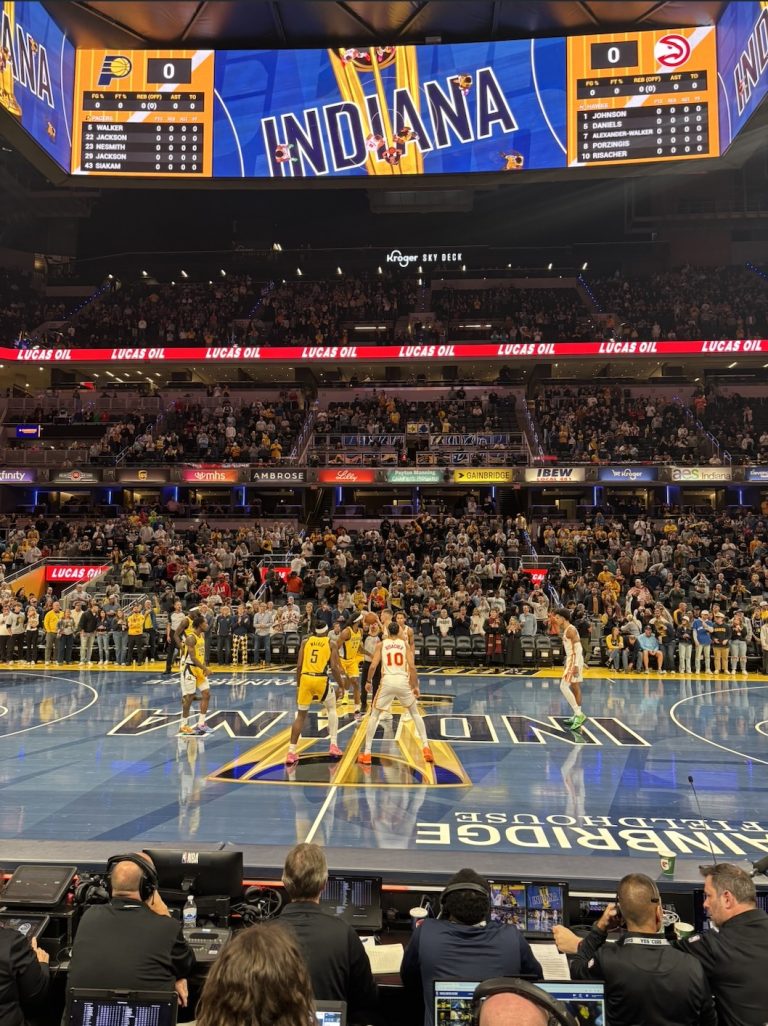
On Sept. 24, House Speaker Nancy Pelosi (D) announced during a press conference that the U.S. House of Representatives would be launching a formal impeachment inquiry into President Donald Trump. The inquiry had been launched as a result of concerns about Trump’s alleged attempts to pressure Ukraine into investigating his potential 2020 political opponent, Democratic presidential candidate and former Vice President Joe Biden.
“Today, I am announcing the House of Representatives is moving forward with an official impeachment inquiry,” Pelosi said during the press conference. “The President must be held accountable. No one is above the law.”

What is an impeachment inquiry?
An impeachment inquiry is the first step in the process of impeachment, according to The Washington Post. In this case, the House will be investigating whether or not Trump did something that would warrant impeachment, such as committing treason, bribery or other high crimes and misdemeanors, according to University of Indianapolis Assistant Professor of Political Science and Pre-Law Advisor David Root.
“In this case, you would have using, abusing the power of the office [of the president] for personal political gain,” Root said.
The offenses that the president could be impeached for are treason, bribery and “other high crimes and misdemeanors,” according to the Constitution. It is not specified what “other high crimes and misdemeanors” there are. Ultimately, it comes down to what the House and Senate decide they would be, Root said.
Who is investigating?
The House had already been investigating Trump through six of its committees, Pelosi said. She said that she directed those six committees to continue with their investigations “under the umbrella of an impeachment inquiry.”
Assistant Professor of Political Science Laura Merrifeld Wilson said that those committees are now looking at the evidence that they have acquired and are now subpoenaing officials to give depositions.
“Most of these [depositions] are behind closed doors, [as they are] private depositions,” Wilson said. “But [they will help] to understand whether or not the president used political coercion in the Oval Office and if he did something that basically oversteps his executive privilege as president.”
What happened?
The inquiry was the result of several revelations regarding a whistleblower complaint that revealed that Trump had asked Ukrainian President Volodymyr Zelenskiy to investigate a potential 2020 election opponent, Democratic presidential candidate and former Vice President Joe Biden and his son, according to the Associated Press.
The timeline of events leading up the inquiry are as follows, as compiled from reports from Politifact, the AP and The Washington Post as of The Reflector press time:
- July 2019: Trump ordered roughly $400 million in U.S. aid to Ukraine frozen before he had called Zelenskiy, according to Politifact.
- July 25: Trump and Zelenskiy had a phone call in which Trump asked for Zelenskiy’s help with investigating Biden and his son, Hunter, according to Politifact.
- Aug. 12: An unnamed intelligence official files a whistleblower complaint to the inspector general of the intelligence community, according to Politifact. The complaint said that the whistleblower had received information from multiple U.S. officials that Trump was using the power of his office to ask another country to meddle in the 2020 election, according to the AP. Michael Atkinson, the intelligence community inspector general determined that the complaint was credible and urgent.
- Aug. 26: Atkinson informs Joseph Maguire, the acting director of national intelligence, that his office had received a complaint that had been addressed to Congress. The complaint expressed an “urgent concern” about the July 25 call between Trump and Zelenskiy, according to the AP. Atkinson said that he believed the conversation could possibly constitute a federal campaign finance crime.
- Sept. 9: Atkinson informs Congress that the complaint exists, according to the AP. He said that Maguire had refused to deliver it to the congressional intelligence committees as required by law. Atkinson also said that Maguire had not agreed with his conclusions and that he was handling the complaint differently compared to previous cases.
- Sept. 11: The roughly $400 million of U.S aid to Ukraine was released, according to Politifact. A vote in a Senate committee was scheduled before this in order to force the release of the aid, however, the Trump administration went ahead and unfroze it before the vote, according to the AP.
- Sept. 19: In a closed-door hearing with members of the House Intelligence Committee, Atkison testified about the complaint, however, he did not reveal substantive details about it, according to the AP.
- Sept. 23: Trump suggested that the aid to Ukraine might have been withheld due to alleged “corruption” issues, according to The Washington Post.
- Sept. 24: Pelosi announced that the House will be starting an official impeachment inquiry into Trump during a press conference.
- Sept. 25: A rough transcript of the July 25 call is released by the White House. The document, according to the AP, confirmed that Trump had pushed Zelenskiy to work with his personal attorney, Rudy Giuliani, and Attorney General William Barr to investigate Biden and his son, Hunter. The Department of Justice also released a statement that said that its prosecutors had reviewed the inspector general’s concern about a campaign finance law violation and determined that one had not been committed. Congress receives the original whistleblower compliant.
- Sept. 26: The original complaint was publicly released, according to Politifact. Maguire testified before Congress and said that the whistleblower was doing the right thing by reporting concerns about the July 25 call, according to the AP.
- Sept. 30: Democrats subpoena Giuliani, asking him to turn over documents that are connected to Trump’s actions during the July 25 call, according to Politifact.
- Oct. 3: Trump publicly asked China to investigate the Bidens, according to Politifact. Text messages between top U.S. diplomats and an advisor to Zelenskiy were also released, according to the AP. The messages showed that the diplomats had been trying to encourage Zelenskiy to investigate the Bidens in exchange for a high-profile visit from Trump to Ukraine.
- Oct. 4: The White House is subpoenaed by a House committee to turn over documents related to Trump’s actions with Ukraine, according to the AP. The subpoena includes documents from Vice President Mike Pence in relation to the July 25 call and a call from April in which Pence spoke with Zelenskiy.
- Oct. 6: The AP reports that a second whistleblower has spoken with the intelligence community inspector general and that the second whistleblower has information that supports the original complaint. However, a second complaint had not been filed as of The Reflector press time.
Why should students pay attention?
Wilson said that students should pay attention because it is a historic moment. There have only been four times in the 243-year history of the United States where a president has undergone an impeachment inquiry, including Trump, and of those, only two have led to an actual impeachment–former presidents Andrew Johnson and Bill Clinton. Former President Richard Nixon’s would have, but he had resigned from office beforehand. According to Time, a president has never been formally removed from office through the process of impeachment.
Wilson said that unlike the past issues with the Trump administration, such as the Muller report, the whistleblower complaint and the transcript are easier for students to read and understand.
“For a student, if they have some interest in politics at all, it’s five, six pages to read the transcript from the president’s office,” Wilson said, “It’s only seven pages to read through the whistleblower statement. And so they can actually read through the materials on their own and make a decision as to whether they think the president should be impeached, whether there should be an impeachment inquiry or whether the president is ultimately innocent”
Wilson said that both the president and Congress report to the American people and that they should ultimately be held responsible to the people. By doing this, Wilson said, the American people are able to make sure that they are not violating the Constitution and that they are following the people’s wishes.
What’s next?
On Oct. 4, the House’s Oversight and Reform Committee issued a subpoena for documents related to Trump’s conversation with Zelenskiy, according to the AP. Wilson said that there is currently a conflict between the executive and judicial branches for these documents.
“The House will say they have the right to look at these documents and that’s part of the subpoena,” Wilson said. “The White House needs to release them to Congress and to the House of Representatives, specifically. The White House can say if they include national security, or other things in terms of executive privilege, and national security would be the big one, that they, in fact, have to clean the documents. They can redact things before they pass them over.”
Root said that when Trump was under investigation by Muller, he was transparent with Muller and his investigators by allowing them to investigate and turning over thousands of documents to them. However, in the case of the July 25 phone call, the White House had been trying to hide the call before they eventually released it.
“There seems to be possibly more trouble here for Trump than he has faced in previous allegations,” Root said. “…It’s just like you get this feeling like this one feels like it could be a little bit more serious than previous ones [allegations].”
Root said that another possibility is that Trump is trying to set up the Democrats by making them impeach him. Although Root does not know where the original whistleblower complaint would fall into that situation, he said that there has been some talk about Trump doing this.
Wilson said if Trump is impeached, it does not mean that he will be removed from office. The next step of the impeachment process is to go to the Senate, which is the branch that has the power to remove a president.
“While it’s very possible the president could be impeached by the House, it’s controlled by Democrats…it’s really hard to imagine that he’d be removed because the Senate is controlled by Republicans,” Wilson said. “We’re 13 months away from an election, so all of this hangs in the balance of a really critical, and…big election year too.”






